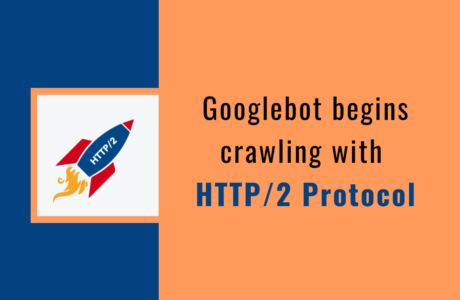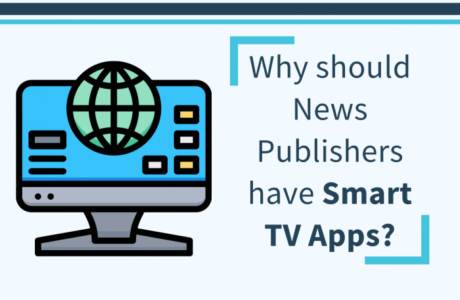As a publisher, it becomes very critical to analyze the need for being on all platforms and to keep the cost under control.
Let’s understand how PWA & native apps are different from each other.
- Installation process: The native apps are initiated via app stores. The user needs to manually search and install the app. The discovery & the decision to install the app depends on a lot of factors like App Store Optimization (ASO), App UI, Catchy headline and description, etc. On the other hand, the PWAs are consumed via the web browser. Users can directly search or can land on PWA via google search results (that is why SEO is very important) of your content. Once they open it, they are prompted to install it on the home screen. This whole process is very seamless unlike managing individual app stores.
- Single codebase, multiple platform availability: For the native apps, one needs to manage different code bases for each platform. It also needs to develop the same features on all the supported platforms. On the other hand, as the PWA runs inside a web browser, once codebase is all that is needed to support multiple platforms. PWA replicates the UI of apps to provide the near look and feel, however, the native apps can create a cutting-edge experience native to the platform features.
- Offline availability: The most important advantage of native apps over web apps have the ability to run offline. But with the introduction of service workers, the PWA also boasts the offline availability of content. Service workers JavaScript files that run independently from the web app itself and improve performance by handling network requests, caching app resources also enabling push messages even when the user isn’t online. However, this works only for the requests which come in the webpage’s natural caching system. Any form which needs to be submitted, orders, etc. will work only when there is connectivity.
- Update overhead: The biggest headache which developers face with native apps is the update rollouts for new features or some critical features. Many times the users stay on one specific version in case the auto-updates are disabled by them on the store. With PWA, since these are running on the web, the updates happen in the background with zero involvement of users.
- Discovery & returning users: With the native apps the greater challenge is about app discovery. There is fear that the app might get lost in the sea of related apps. There are various factors which come into play which are the deciding factors for converting the new user into a returning user. Catchy headline & description, attractive screenshots, positive reviews, and ratings play a pivotal role for the conversion. On the other hand, site SEO is the most important deciding factor for your web app discovery. Once the users have reached on your web app and agree to receive the notifications, the publisher can reach them again with push notifications.
- Device hardware and features: The native apps can benefit from all the device features like biometric scanners, GPS, and cameras, etc. PWA can take advantage of these features via the API integrations but it won’t be a similar experience as native apps.
- Security & data theft: Data safety & security is at the forefront for any user and publisher in 2019. The PWA handles it at large as it runs on HTTPs but still, native apps have greater advantages. Each app goes through rigorous review & approval process by app stores and if they don’t go through the security guidelines then they are unlikely to be approved.
- Time & Cost: The most important factors for the decision are time and cost. Native apps for android run on Java or Kotlin and iOS on objective C or Swift. This definitely has greater dependency on the separate teams for both the platforms which is double the time & resources needed for developing a PWA running on a single code base for both the platforms. Therefore, a native app ends up costing more than a progressive web app and also takes longer to build.
Conclusion
Native apps and PWA have their own merits & challenges. Hence there should be no competition between them. The decision to invest in any should lie only on the need & type of business. While PWAs are helping the bloggers and website content which has more virality to reach more audiences. Such websites require more organic reach. Also, small businesses which can’t afford a full-time investment for native apps can also take advantage from PWA. Native apps are more suited for the publishers & brand which can utilize the native features of the devices like digital content, eCommerce, etc.
Readwhere CMS can help you build a truly native experience for your brand on android & iOS or the web app by utilizing your existing feeds without having a full-time in-house team. Publishers can utilize Readwhere CMS as a pa-as to strengthen its mobile out-reach strategy.




